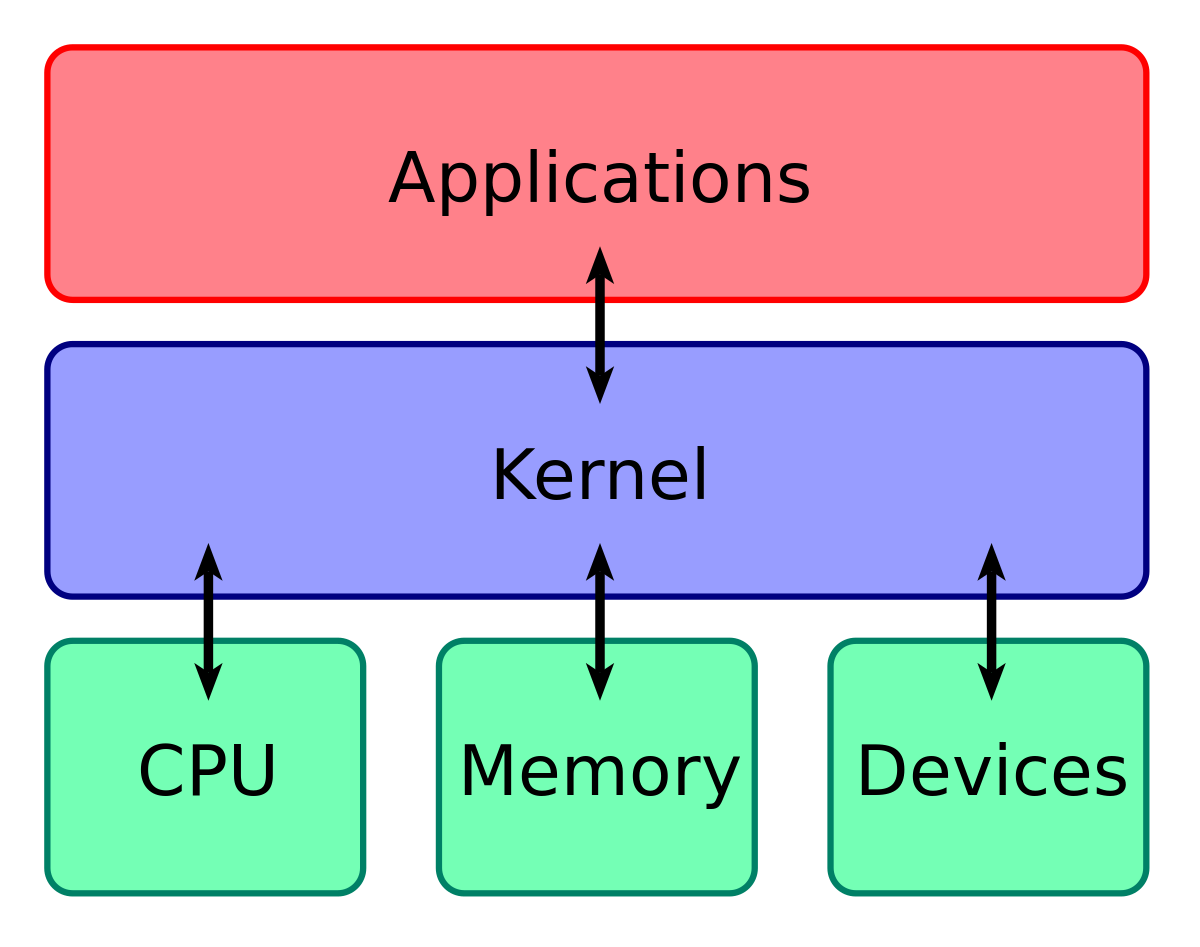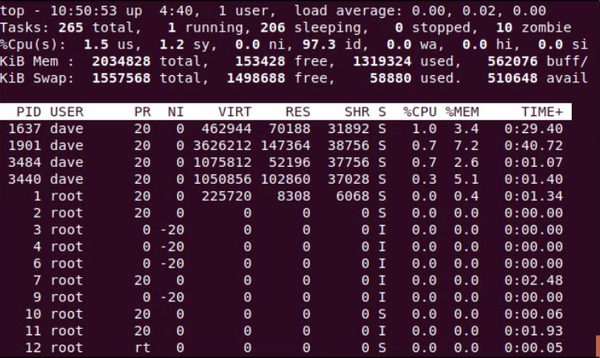The Linux kernel is one of the most important components of the Linux operating system, acting as the core that manages hardware resources and provides essential services to user applications. In simple terms, it bridges the gap between hardware and software, ensuring efficient communication between the two. But what exactly is a kernel, and how does it work?
In this post, we’ll dive deep into the Linux kernel, explaining its structure, responsibilities, and why it’s such a critical part of the operating system.
What is a Kernel?
A kernel is the central part of an operating system, responsible for managing the system’s resources, such as the CPU, memory, and I/O devices. It provides low-level abstractions for hardware, ensuring that software applications can interact with the underlying hardware without needing to manage every aspect of it directly.
The Linux kernel is a monolithic kernel (more on this later), meaning it contains a lot of functionality within the kernel itself, rather than delegating tasks to user-space processes.
Core Responsibilities of the Linux Kernel
The Linux kernel plays several key roles within the operating system, ensuring that it functions smoothly and efficiently:
- Process Management
One of the kernel’s primary tasks is to manage processes. This includes:- Process scheduling: Determining which process gets access to the CPU and for how long, ensuring efficient multitasking.
- Process creation and termination: The kernel handles system calls like
fork()andexec()to create new processes and terminate them when necessary. - Context switching: The kernel switches between processes so that multiple programs can run seemingly at the same time, even on a single-core CPU.
- Memory Management
The kernel manages how the system’s memory (RAM) is allocated to different processes. This involves:- Virtual memory: Abstracting the physical memory into a large, contiguous block for each process, even if the underlying hardware is fragmented.
- Paging and swapping: Moving data between RAM and disk to free up memory for active processes, using techniques like paging and swapping to maximize efficiency.
- Memory protection: Ensuring that processes cannot access each other’s memory, preventing accidental or malicious interference.
- Device Management
The Linux kernel handles communication between software and hardware devices through device drivers. It abstracts the complexity of the hardware so that applications can interact with devices in a standardized way. Devices include:- Storage devices: Hard drives, SSDs, and other forms of persistent storage.
- Network interfaces: Allowing the system to communicate with other systems over a network.
- Peripherals: Devices like keyboards, mice, printers, and external drives.
- File System Management
The kernel controls how files are stored, retrieved, and organized on storage devices through the file system. It supports multiple file systems like ext4, XFS, and Btrfs.- File permissions: Enforcing security policies by managing access control to files and directories.
- Mounting file systems: Allowing different file systems to be accessed, such as mounting external USB drives or remote file systems.
- Networking
The Linux kernel is responsible for handling networking operations, including routing, packet filtering, and socket management. It allows systems to connect to networks, manage IP addresses, and handle network protocols like TCP/IP, UDP, and ICMP. - Security
The kernel enforces several security measures to protect the system:- User permissions and authentication: Determining which users and processes can access specific resources.
- SELinux/AppArmor: Advanced security frameworks that provide mandatory access control policies to limit what applications and users can do on the system.
Monolithic vs. Microkernel
The Linux kernel is considered a monolithic kernel, meaning that most of its functionalities (like device drivers, file system management, and network stack) are implemented within the kernel space. This is in contrast to microkernel architectures, where the kernel is minimal and delegates many of these tasks to separate processes running in user space.
In a monolithic kernel, everything operates in kernel mode, offering high performance because there's less communication overhead between components. However, this also means that bugs in one part of the kernel can potentially affect other parts, leading to less isolation compared to microkernel-based systems like MINIX or QNX.
Kernel Modules
While the Linux kernel is monolithic, it is also modular, meaning that it can dynamically load and unload kernel modules at runtime. Kernel modules are pieces of code that can extend the kernel’s functionality, such as adding support for new hardware or file systems, without requiring a full system reboot. This provides flexibility while maintaining performance advantages.
For instance, if you connect a new type of device, the kernel can load the appropriate module to support it. If the module is no longer needed, it can be unloaded to free up resources.
How Does the Kernel Communicate with User Space?
User applications do not interact with the hardware directly; they rely on the kernel to perform this communication. The primary way user applications interact with the kernel is through system calls. When an application needs to perform tasks like reading a file, creating a process, or allocating memory, it makes a system call to the kernel.
Some common system calls include:
read(): Reading data from a file or device.write(): Writing data to a file or device.fork(): Creating a new process.exec(): Replacing the current process with a new one.
The kernel performs the requested task and returns the result to the application. This interface ensures a clear separation between user space and kernel space, improving system stability and security.
Evolution of the Linux Kernel
The Linux kernel was created by Linus Torvalds in 1991 as a personal project, but it has since evolved into one of the most important pieces of software in the world, powering everything from smartphones (via Android) to supercomputers.
Some key milestones in Linux kernel development include:
- Introduction of SMP (Symmetric Multi-Processing): Supporting multiple CPUs.
- Transition to 64-bit architectures: Expanding memory and processing capabilities.
- Cgroups and Namespaces: Providing containerization and resource control, which are foundational to Docker and Kubernetes.
- Kernel preemption: Allowing parts of the kernel to be interrupted, improving system responsiveness in real-time applications.
The kernel has a vibrant community of developers constantly working to improve its features, fix bugs, and add support for new hardware.
Conclusion
The Linux kernel is the fundamental component that makes Linux what it is today. By managing system resources and providing essential services, the kernel ensures that your hardware operates efficiently and securely while serving the needs of applications. Understanding the Linux kernel is essential for any serious system administrator or developer, as it underpins everything running on a Linux-based system.
For those interested in learning more about the kernel’s inner workings, exploring topics like kernel modules, system calls, or even diving into the kernel source code is an excellent way to deepen your understanding of how operating systems function at a low level.







